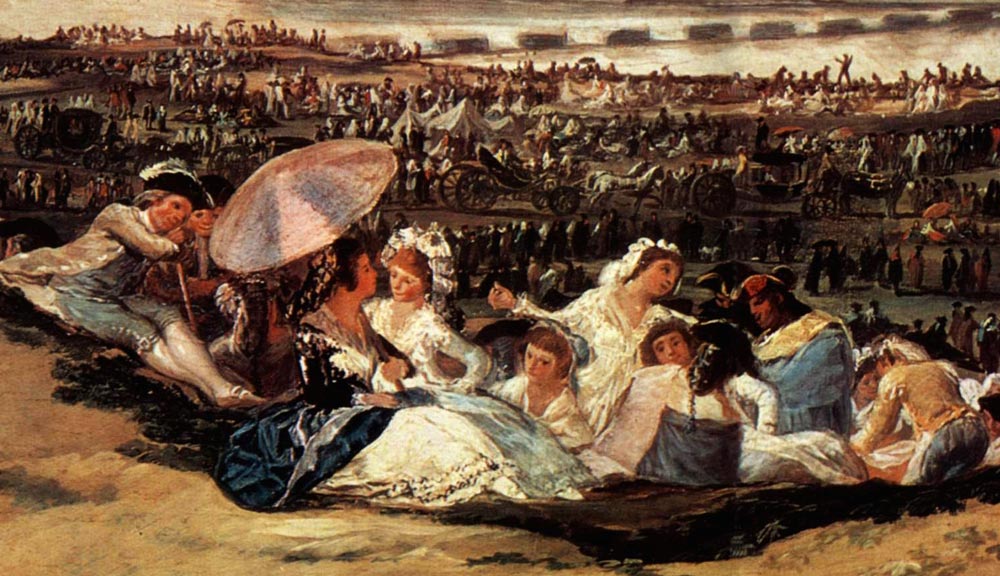
Pinturas de Goya Filatelissimo
The Clothed Maja. 1800 - 1807. Oil on canvas. An unidentified lady wearing delicate transparent clothing and a yellow jacket with black decorations lies on a green velvet divan with cushions and a spread. There has been a great variety of opinions as to who the sitter is, but her anonymity is maintained in all of the inventories listing this work.
Goya (Francisco de Goya y Lucientes) Plate 33 from the 'Tauromaquia' The unlucky death of
Apr 17, 2018 11:16AM. The Spanish artist Francisco José de Goya y Lucientes —destined to be known simply as Goya—painted what he saw, and what he saw wasn't pretty. Over the course of his long life, soldiers fired at children while incompetent politicians brought Spain to the brink of ruin. This may explain why his work continues to.
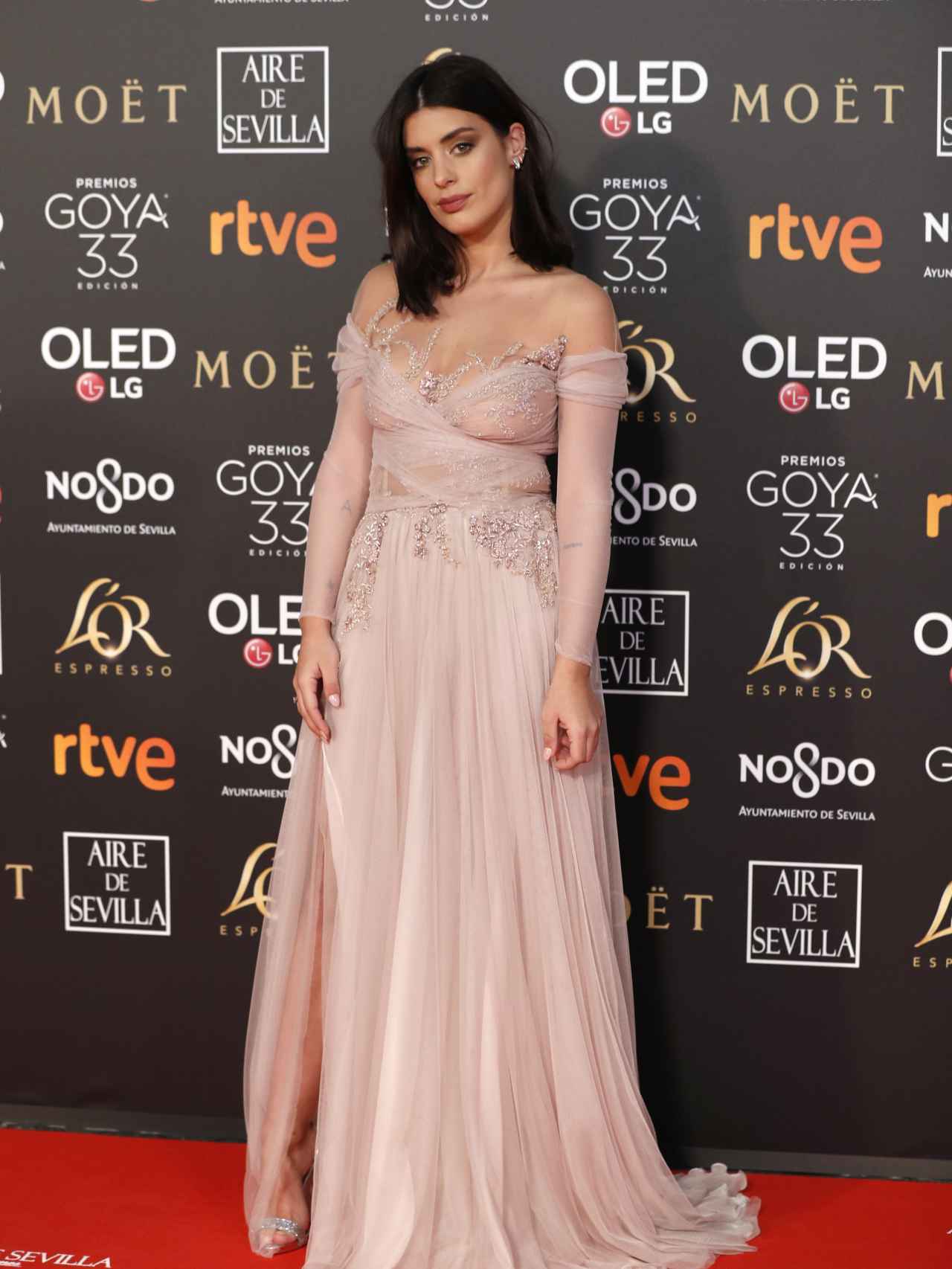
La alfombra roja de los Goya, en imágenes
The Nude Maja, 1797-1800 (Photo: Wikimedia Commons Public Domain) In 1797, Goya began working on one of his most controversial paintings: The Nude Maja. As its straightforward title suggests, this piece depicts a maja, a name given to a person from Madrid's lower classes, posing while completely nude. While plenty of artists had portrayed the.
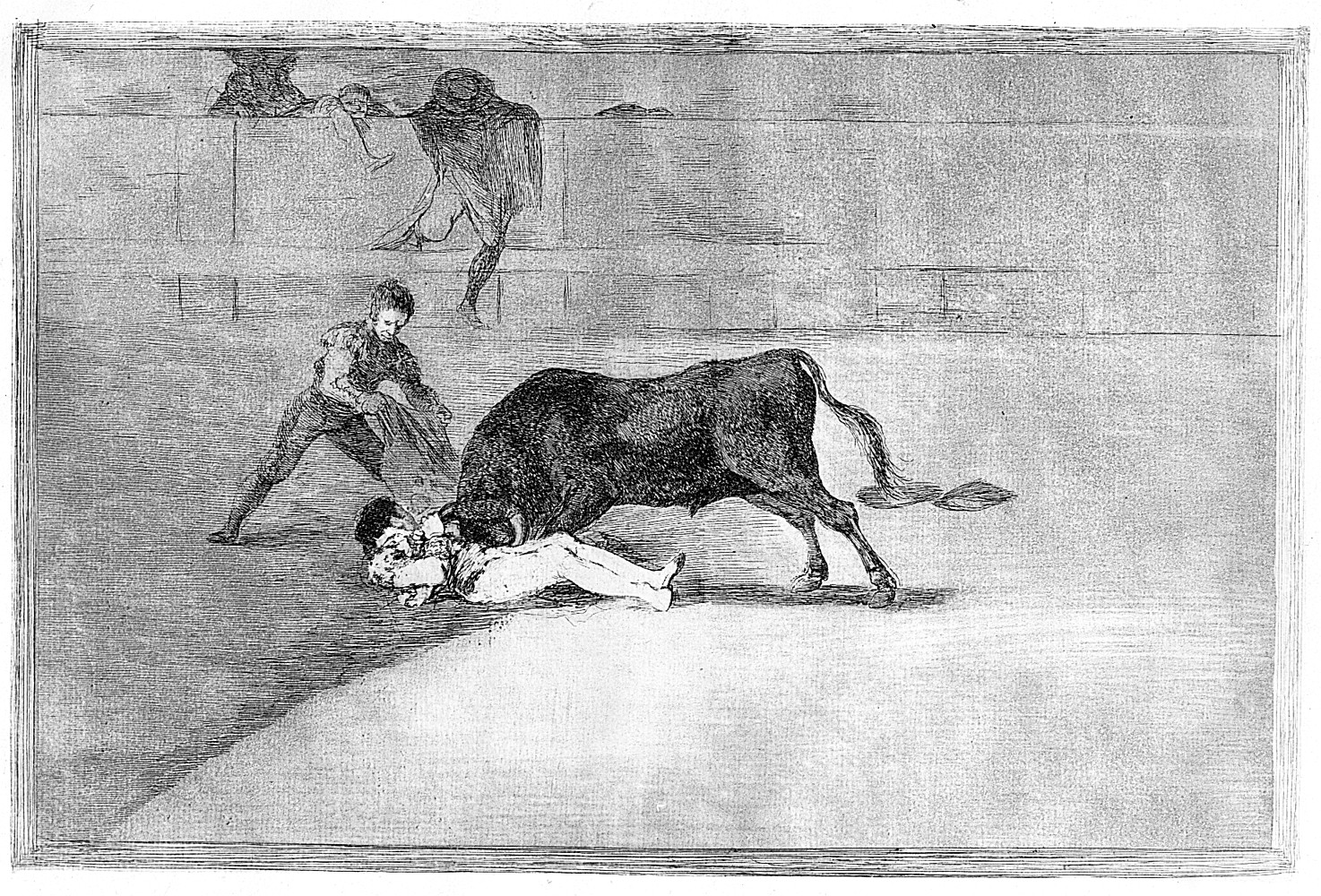
Goya (Francisco de Goya y Lucientes) Plate 33 from the 'Tauromaquia' The unlucky death of
RENAISSANCE TO GOYA. 6 September 2013 Lynne Lancaster. Coolly, elegantly presented there are unexpected hidden gems in this exhibition. Curated by Mark McDonald of the British Museum this beautiful exhibition is of over 130 prints and drawings from the British Museum and is a rare chance to see them outside London. The Art Gallery of NSW in.
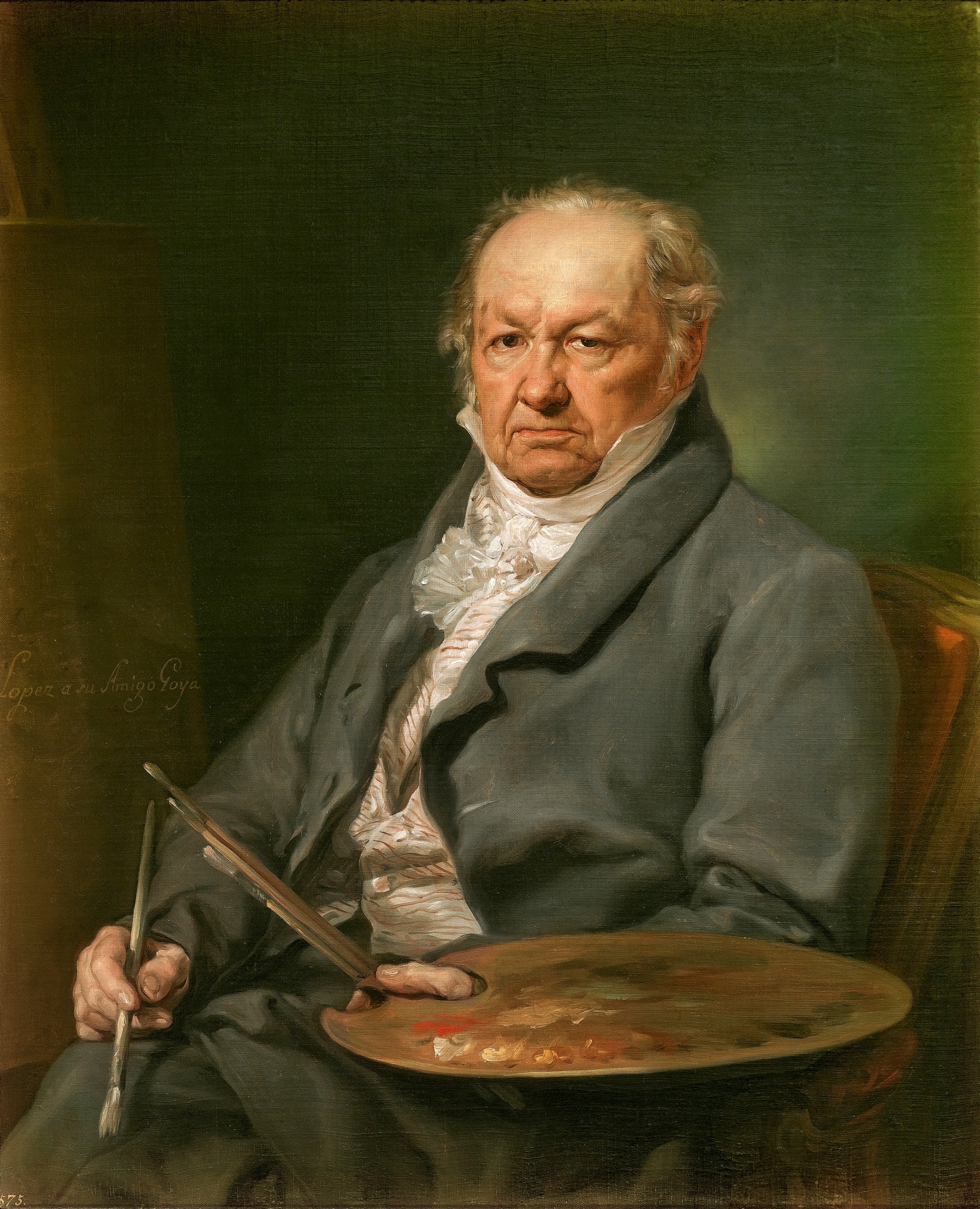
FileVicente López Portaña el pintor Francisco de Goya.jpg Wikipedia
Fast and Free Shipping On Many Items You Love On eBay. Looking For Goya? We Have Almost Everything On eBay.

Senora Le Agarra La Vrega En El Bus Girls Room Idea
La maja desnuda, 1797-1800. La maja desnuda, 1797-1800 (Foto: Wikimedia Commons Dominio público) En 1797, Goya comenzó a pintar una de sus obras más controvertidas: La maja desnuda. Como sugiere su título, esta pieza muestra a una maja -denominación que se daba a algunas mujeres de clase baja en Madrid- posando completamente desnuda.

FileFrancisco de Goya y Lucientes Witches Sabbath Google Art Project.jpg Wikimedia Commons
Francisco José de Goya y Lucientes ( / ˈɡɔɪə /; Spanish: [ f ɾ a n ˈ θ i s k o x o ˈ s e ð e ˈ ɣ o ʝ a i l u ˈ θ j e n t e s]; 30 March 1746 - 16 April 1828) was a Spanish romantic painter and printmaker. He is considered the most important Spanish artist of the late 18th and early 19th centuries. [1] His paintings, drawings.

El Museo de Alberto Arte en lienzo, Pintor español, Pinturas de goya
Francisco Goya (born March 30, 1746, Fuendetodos, Spain—died April 16, 1828, Bordeaux, France) Spanish artist whose paintings, drawings, and engravings reflected contemporary historical upheavals and influenced important 19th- and 20th-century painters. The series of etchings The Disasters of War (1810-14) records the horrors of the.

goya Recherche Google Francisco Goya, Medieval Reactions, Medieval Memes, Maturin, Google Art
Francisco Goya was a talented Spanish painter and printmaker, and is considered one of the last of the Old Masters of painting, as well as the first of the moderns. He began his apprenticeship in painting at the age of 14, and his talent was quickly recognized. He first submitted entries to the Royal Academy of Fine Arts in 1763, and then later.

antrophistoria Goya, pintura y enfermedad
Duel with Cudgels, or Fight to the Death with Clubs. Mixed method on mural transferred to canvas. 1820 - 1823. Goya y Lucientes, Francisco de. The mural paintings that decorated the house known as "la Quinta del Sordo," where Goya lived have come to be known as the Black Paintings, because he used so many dark pigments and blacks in them.

España Eterna Las versiones Originales de las Pinturas Negras de Goya
Francisco José de Goya y Lucientes, dit Francisco de Goya, né le 30 mars 1746 à Fuendetodos, près de Saragosse, et mort le 16 avril 1828 à Bordeaux, en France, est un peintre et graveur espagnol. Son œuvre inclut des peintures de chevalet, des peintures murales, des gravures et des dessins. Il introduisit plusieurs ruptures stylistiques.

Arte para 2º de Bachillerato. Goya en Madrid
There is much excitement when Goya's rare, fragile 1771 Italian sketchbook is reverently displayed especially for this documentary. This allows us to follow how the artist jumped between ideas, and how he stored images for future use. Goya is somewhat elusive yet amazingly direct. He is regarded and presented here as one of the.

antrophistoria La Brujería en la pintura de Goya
Portrait of Goya by Vicente López Portaña, c. 1826. Museo del Prado, Madrid. Francisco José de Goya y Lucientes (1746-1828) was a Spanish artist, now viewed as one of the leaders of the artistic movement Romanticism.He produced around 700 paintings, 280 prints, and several thousand drawings.
Goya (Francisco de Goya y Lucientes) The Bullfight, plates 133 (La Tauromaquia); First
The Marquesa de Pontejos (c. 1786) by Francisco Goya National Gallery of Art, Washington DC. 'While the painting's pale tones reflect the last stages of the rococo in Spanish art, the overall silvery gray--green tonality is equally reminiscent of the earlier Spanish master, Velázquez, whose paintings Goya had studied and copied.'.

Francisco José de Goya y Lucientes "Incendio de un hospital" ca. 180812 Óleo sobre
Francisco José de Goya y Lucientes (Fuendetodos, 30 de março de 1746 — Bordéus, 15 ou 16 de abril de 1828) foi um pintor e gravador espanhol. Goya nasceu em Fuendetodos, Aragão, Espanha, no dia 30 de março de 1746, filho de José Benito de Goya y Franque e de Gracia y Lucientes Salvador. Passou sua infância em Fuendetodos, onde sua.
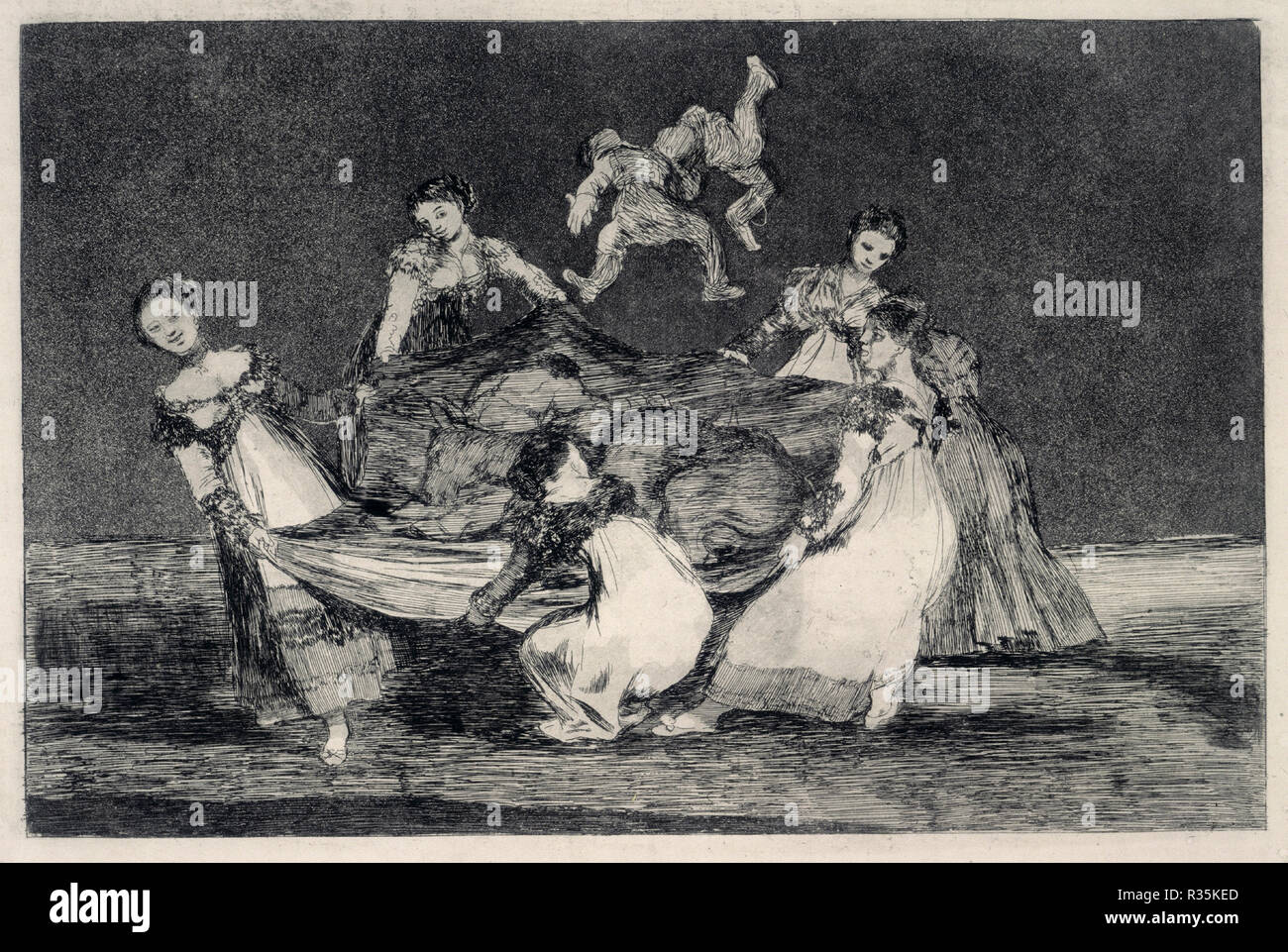
[Get 29+] Pintura Roja No 3 Goya
The sitter in this portrait holds a sheet of paper, inscribed: "Dn Sebastian / Martinez / Por su Amigo / Goya / 1792" (Don Sebastían Martínez by his friend Goya 1792). This precious information is written on a sheet, a corner of which is upturned, showing that it is a drawing, or more likely a print. La pintura española fuera de España.